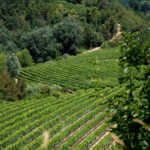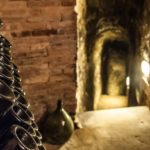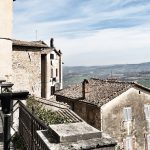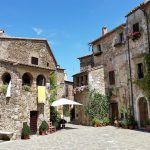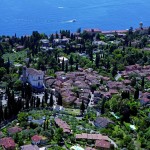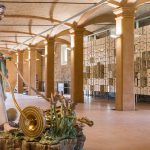Discovering the green heart of Italy
A weekend isn’t enough to discover the Valdera!
The real Tuscany, in the Etruscan land between Pisa and Florence
The OTAs and the other tourism big players simply don’t consider the Valdera area as a tourist destination. What a mistake! It is a land full of history and local characters that lead you in touch with the real Tuscany, with a slow attitude, but perfectly attached to the classic tourism routes. Landing in Pisa, you can reach Florence by train in one hour. Beyond these two amazing art cities, I would suggest you my unconventional itinerary laying just in the middle, in this kind of middle ground called Valdera.
From Pisa, I got off the train at the small railway station of Pontedera – Terme Casciano. Located one punch away from the station, here is a great symbol of Italian style and culture: the Piaggio Museum, devoted to the world-famous Vespa!
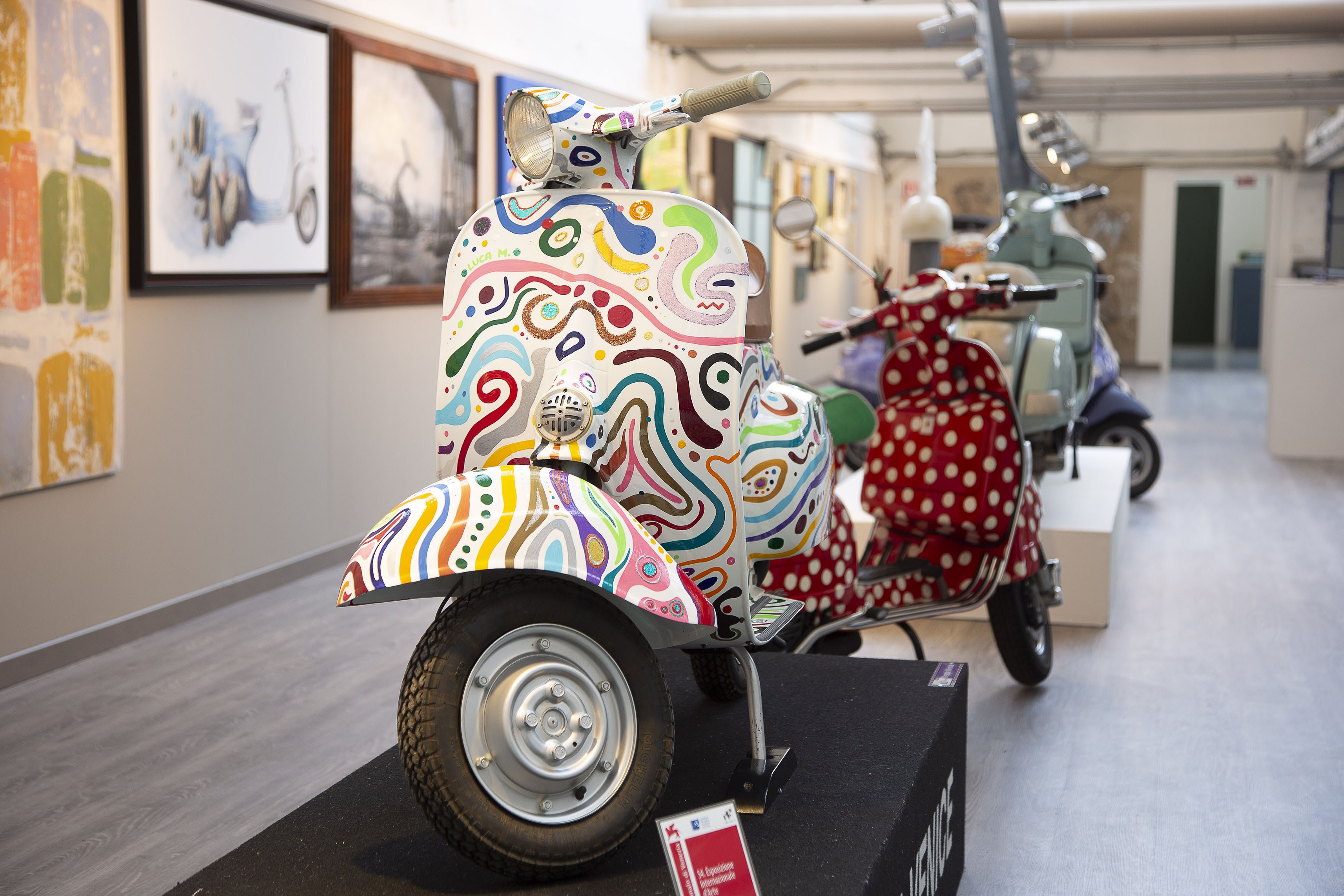
Piaggio museum
A must-do to understand something more about the Italian culture through the evolution of this company. It is about Vespa, Ape Car, Gilera motorbike, but also planes, trains and cars: an Italian brand which made people move around the world, perhaps changing also the approach to mobility. Here you can see many historical collections, but the Vespa is the only one. A real celebrity! Here you can find the Vespa in many kinds and colors, with one or double seat, belonging to art, racing or exploring collections. Take your time to book a guided tour of the Piaggio’s historical archive, revising the Company’s history since the late ‘800, to nowadays. Heritage and temple of the Italian style and culture. The differences between the Vespas from 1948 and 2018 show how much we have changed and how much we will change in the future, influencing worldwide trends of mobility. No matter if you are fond of motorbikes or not, here is a place to understand something more about Italy, a country full of passionate people who are happy to host tourists and tell them their stories.
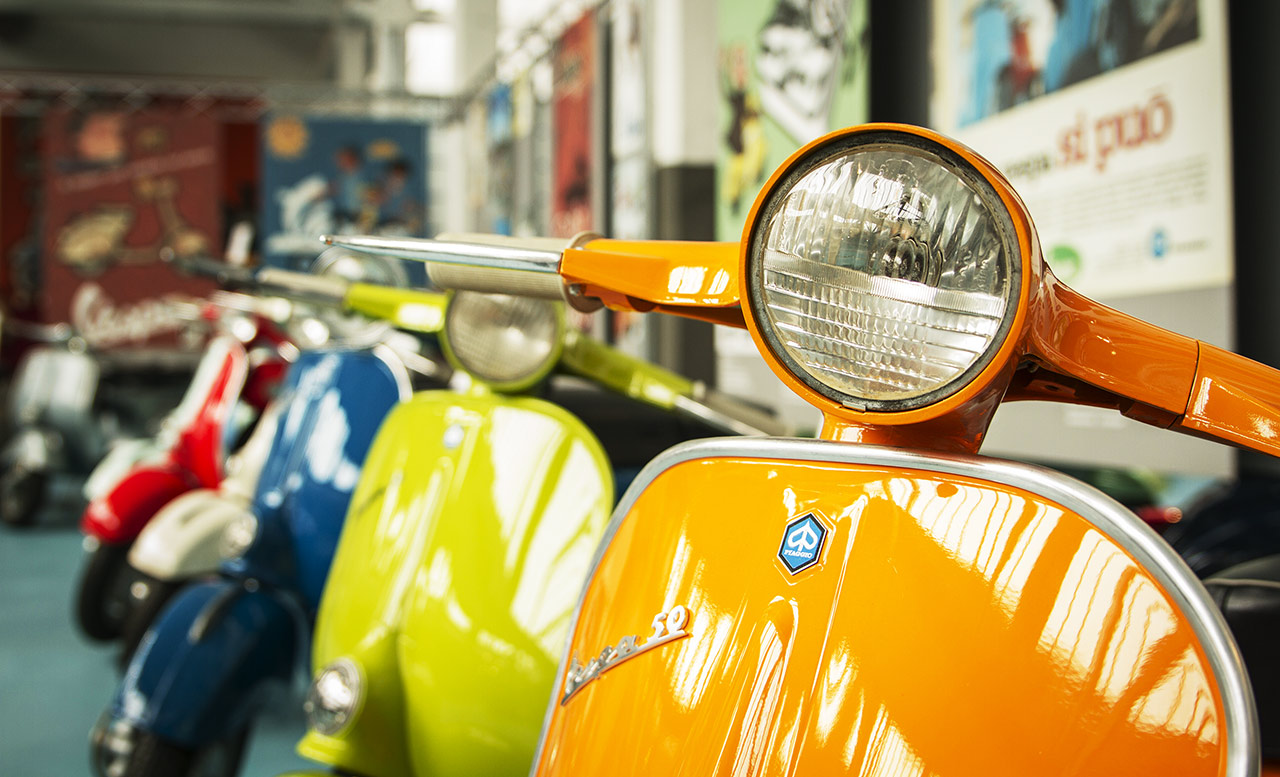
Vespa, Piaggio museum
Are you hyper-connected? Don’t miss the app Visit3v, created by a group of students of ITGC Fermi high school: a project always updated where you can find all the tips you need to define an itinerary through the Valdera area (i.e. accomodations, travel guides, restaurants, companies, museums, etc.). If you prefer meet live some local expert to introduce you the places, enter the Info Point located just out from the railway station, near the Piaggio Museum. Here you can find maps, travel guides, tour tips, etc. But also a shop selling local products and a cultural centre called “Sete Sois Sete Lunas” promoting a folk music festival connected with 30 different cities belonging to 10 different Mediterranean countries (France, Spain, Morocco, Tunisia, Croatia, Slovenia and Italy) and to portuguese-speaking countries (Portugal, Brasil, Cape Verde). A cultural exchange making you feel a global citizen, closer to the whole world, just in one place.
Valdera area includes 10 different municipalities, rich in history, nature heritage, good food & wine and welcoming people. While travelling between Pisa and Florence, consider to stop nearby for a couple of days to get the authentic Tuscany! The ancient historical villages are almost hidden on the hills, but they keep the old craft traditions and they grant you some unique travel experiences. I visited Usigliano, formerly a village developed around a noble Villa, turned into a 140 hectare farm nowadays. The new cellar is connected to the old ones through a labyrinth of tunnels, 200 mt long and on different levels, going through wide halls and old water tank not used any more. Here you will taste some vintage bottles and some local typical products. I strong suggest a taste of goat cheese made by “the mad shepherd”, whose slow life attitude is something precious you’d have to listen.
- Usigliano, vineyards
- Usigliano, historical cellars
- Usigliano, wine tasting
Then I visited a borgo called Palaia, thanks to Erica and Sheila, two local women working as tourist guides totally in love with their own land, whose motto is “every need is an opportunity”. They will suggest you some wine tours, home cooking lessons and some flight experiences on small two-seater planes. I picked an half day “sacred and profane” themed tour around Palaia: we visited the borgo discovering the precious frescoes inside the Town Hall, then we moved to an ancient Pieve dating back to the 1.200, opened just on demand, or on Sunday morning for the Holy Mass. Such a shiny day! Even through a quick car shift, I discovered a postcard scenario made of wild woods and farming lands, hills and rivers, I felt really good. I may suggest some bike or Vespa renting, to improve the experience of a stroll on the hills.
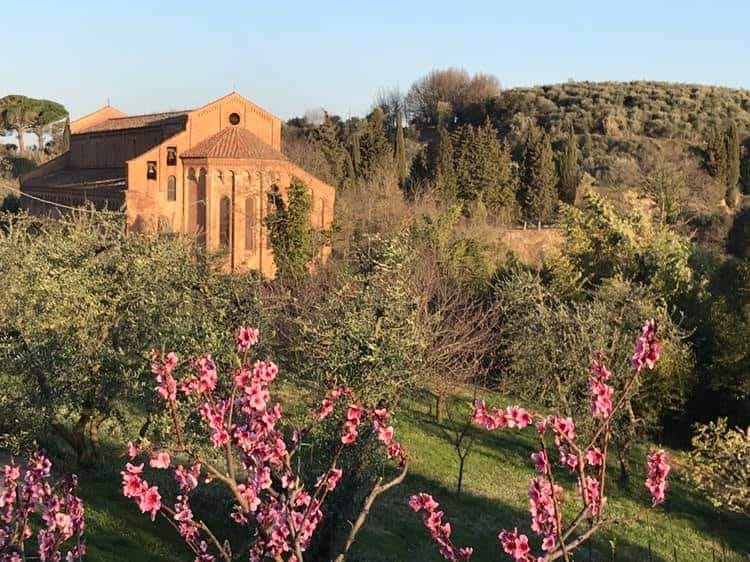
Palaia, the Pieve
When at the Pieve, ms Leda was waiting for us. She is a kind lady living nearby, who came carring an old and heavy key. This key opens a couple of huge portals, leading us inside a sacred farm land world, basic but unique. A church built on a Roman plan map, but with Gothic arches. I noticed a deep marble holy stoup and I asked why does it look like a bucket. Leda translated for me the Latin inscription: ‘the correct size is to the brim’, so that I realize it was not just a stoup, but a unit of measure used by the priest to ask the farmers for donations to the church. I was wondering how a small borgo could afford such a big Pieve, that was the answer. Then Sheila invites me to join a visit to the Minerva Temple, located in the small area of Torricchio, near Montefoscoli. The trail to the Temple is a pleasant hilly road, but I don’t understand: the ancient Temples are usually located on top of some peaks, while we are walking in a plain grove quite wild… Where is the Temple? Hidden inside the grove, behind a bend. The temple surprised me: it is a neoclassic architecture, mostly in terracotta, made at the early ‘800 by a famous family of doctors called Vaccà Berlinghieri. The Temple is devoted to Minerva Medica, goddess of wisdom and knowledge. Inside, you find a vestibule and a semicircular room dominated by a stage with a very narrow spiral staircase. Erica and Sheila explained me the aim of the Temple: probably it was a room where Andrea Vaccà Berlinghieri used to perform autopsies on the dead bodies, set as a stage to make the students watch better. Perhaps he used this room for surgery too. But another version of the story wants this place to be a gathering place for a Masonic lodge, reason why the Temple would be full of symbols (eg. an eye inside a triangle, 5 steps to enter, an half-moon with eight circles, etc.)
Coming back to Pontedera to catch the train, I stop again at the Info Point to collect more news. I am thrilled to discover that crossing Valdera area you can visit 13 different historical villages, everyone with interesting attractions (the SPA, the Palio, a Middle Age Festival, some fortresses, etc.). In the area of high Valdera is also Lajatico, hometown of Andrea Bocelli, where was born the so called “Silent Theatre” inside a natural amphitheater, turned into an international tourist attraction since mr Bocelli performs here once a year, every July.
Don’t forget that the Valdera area is also close to Volterra (24 km) and to San Gimignano (35 km). You may organize a bike tour: in a week you could discover also the Era founts and this whole Etruscan land, less known and authentic… Well, about me, I don’t think I would pick the bike option: you know, cycling on the Tuscan hills need some leg strength, and as I am just a city biker, I feel quite out of training. What about you?

